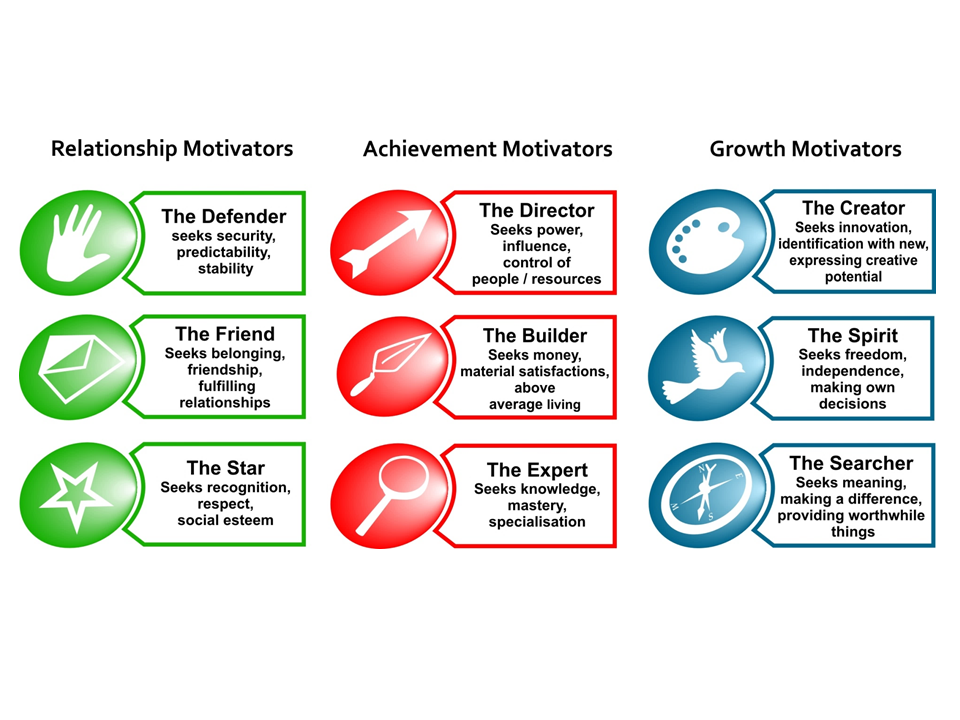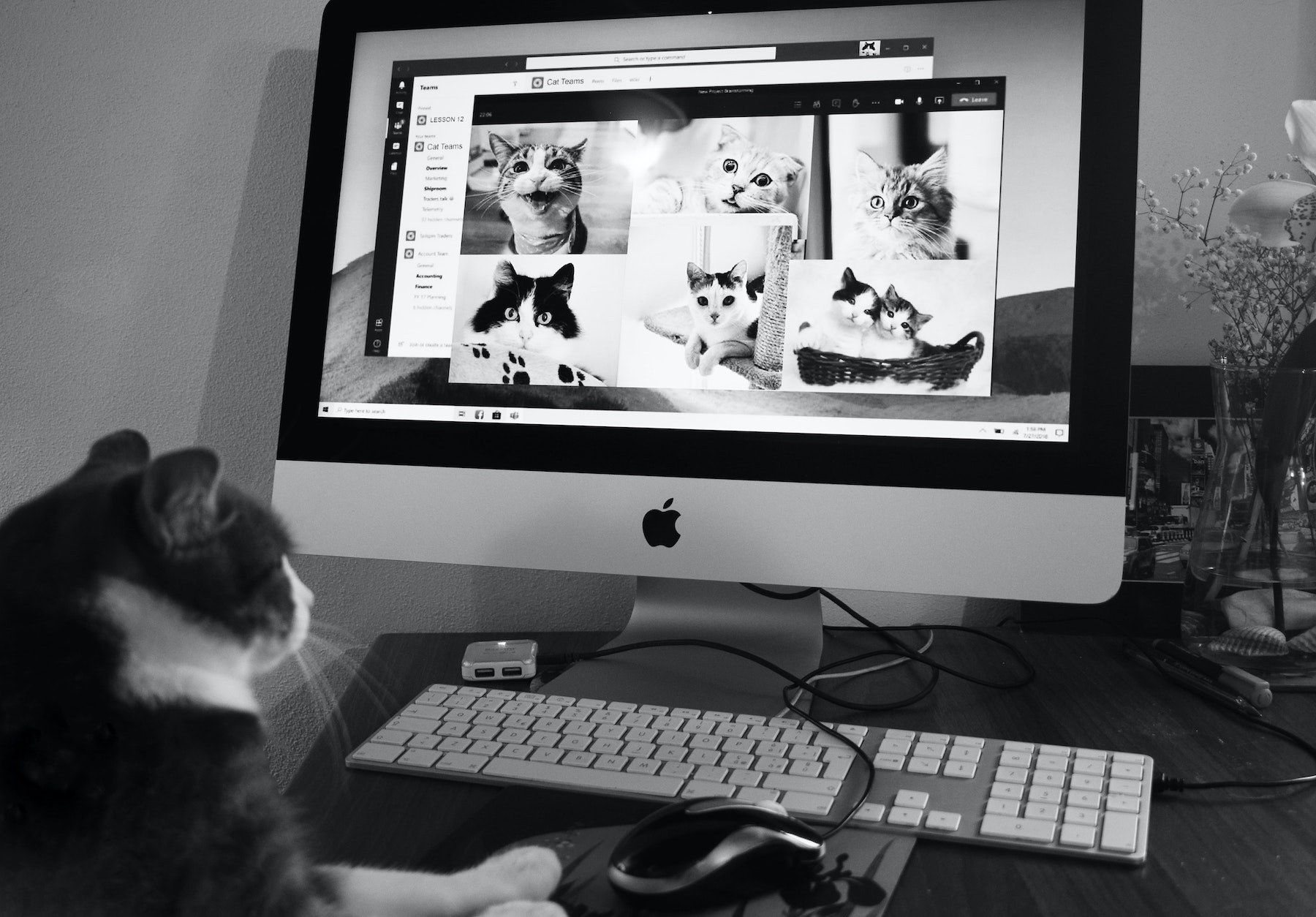Still now, when people talk about motivation, it tends to be about this ethereal, intangible thing that can’t be measured or really worked on, but is really important.
But how important is it really? And can we really not identify it and measure it?
Well, if we are talking about individual, team and organisational performance, it’s critical. And if we’re talking about wellbeing – well it’s pretty essential too.
Think about it….
When we work on performance, what do we work on?
Goals and skills, right?
But what if the person has no motivation to do what has to be done? What happens? They can have the clearest goals and most excellent skills, but if it doesn’t drive them, the results will not be as good as they could be or need to be. And this happens at an individual, team and organisational level.
And what if you have someone on your team who is motivated by collaboration, learning and creativity and you have them in a room on their own, punching in figures into a spreadsheet for weeks – how motivated and engaged will they be? What will this do to their wellbeing? To their sense of purpose and self?
Add to this the pandemic and having to work from home with your children in the house too trying to study and learn and the parents having to home school, and the situation gets more complicated still.
So, here are some ideas that will help you keep the motivation of your team at healthy levels whilst they are working from home:
- Ensure that they have all the equipment they need to work from home comfortably. And this isn’t just a laptop and phone. This includes a good office chair, a desk or table and a place to file and organise their work as needed. It could also include a screen that they could put up in a corner of a room to separate their workspace from the rest of the house if they don’t have a separate room.
- Be flexible – flexible over hours, flexible when children or other adults in the house interrupt a meeting or need some form of attention, be human about it.
- Focus on achieving goals in a reasonable time rather than office hours.
- Call in regularly – schedule in the water cooler moments
- Organise and set up a “chat” function with whatever tool you use to keep in touch, and role model how you’d like it to be used. I suggest you use it for social chit chat too!
- Ensure that meetings are not scheduled one after the other. Have at least 20 minutes in between meetings. You’ll get so much more out of people that way! It means they can go to the loo!!
- Find out what it is that drives each and every one of your team members as well as what drives you. There are 9 key motivators (see the grid below). We all have all of them but in a different order. What are your top 3 and what’s your bottom one? How does this compare to the members in your team?
- Figure out how to deliver your messages to individuals in your team, according to what drives them – so if someone is driven by safety and you have a change to communicate, make sure you tell them what’s staying the same and how this change will make them safer. If you have someone who is driven by creativity in your team, make sure you tell them how they have the opportunity to drive the change and be part of it.
- Create an environment where people can talk about what’s important to them and ask for support to get it.
- Make yourself available and give great feedback on what’s going well as well as on what needs to improve.
Now at the beginning of this post I posed the question of being able to identify and quantify motivation. Well, we can do both.
Motivational Maps is an amazing tool that not only identifies and gives language to what it is that drives each person in your team but will also tell you how much motivation they have and what that means. It will also help the individual design ways to increase their motivation. And you can do this at a team and organisational level too!
There has never been a more critical time to increase and sustain motivation for both performance and wellbeing. To find out more about how to use this with your team, contact us at maps@soniagavira.com.
If you want to try a map out yourself, there are a couple of option:
Try a map and follow along an online guide to help you understand your motivators here.
Get your map and online guide here
Or try a map with a one-off coaching session with Sonia so that you can get a more personalised understanding as well as talk through how you could use this with your team.
Speak soon
Sonia x
ps Here’s the grid with the motivators


2 replies to "How to keep your team motivated working from home"
Hi S
Just wanted to say – you’ve come a long way since valueu haven’t you ?
I think the world of Poole has served you very well.
You’re confident. Fluent and polished AND you managed time off over Chrimbo!!
Well done,
Best to Simon eat al.
Rob x
Nice to her from you Rob and thanks for that! ValueU carries on, and yes it’s always a journey! Keep well Sx